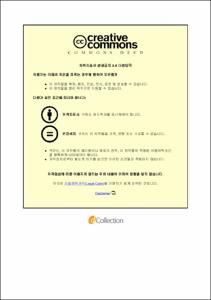靑少年 消費意識이 外貌管理 態度에 미치는 影響
= An Influence of Consumption Perception of Youth on the Attitude of Appearance Management
- Type
- Thesis
- Department
- 예술대학원 뷰티예술학과
- Issued Date
- 2011
- Publisher
- 한성대학교 예술대학원
- Keyword
- 청소년 소비의식이 외모관리 태도에 미치는 영향; 청소년소비의식; 청소년 외모태도
- Files in This Item:
-
-
Download
 000000895745.pdf
기타 데이터 / 668.42 kB / Adobe PDF
000000895745.pdf
기타 데이터 / 668.42 kB / Adobe PDF
-
Items in Repository are protected by copyright, with all rights reserved, unless otherwise indicated.